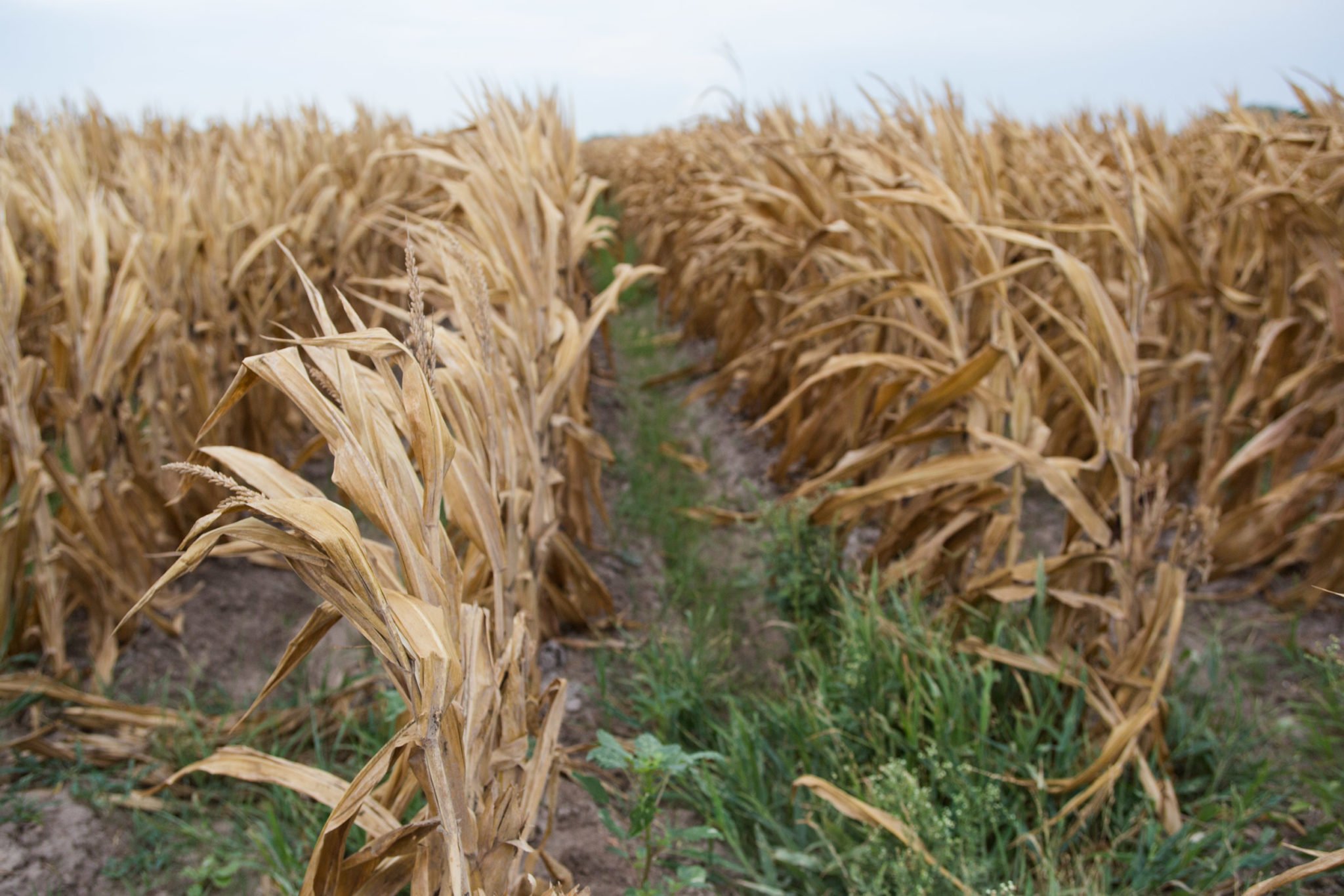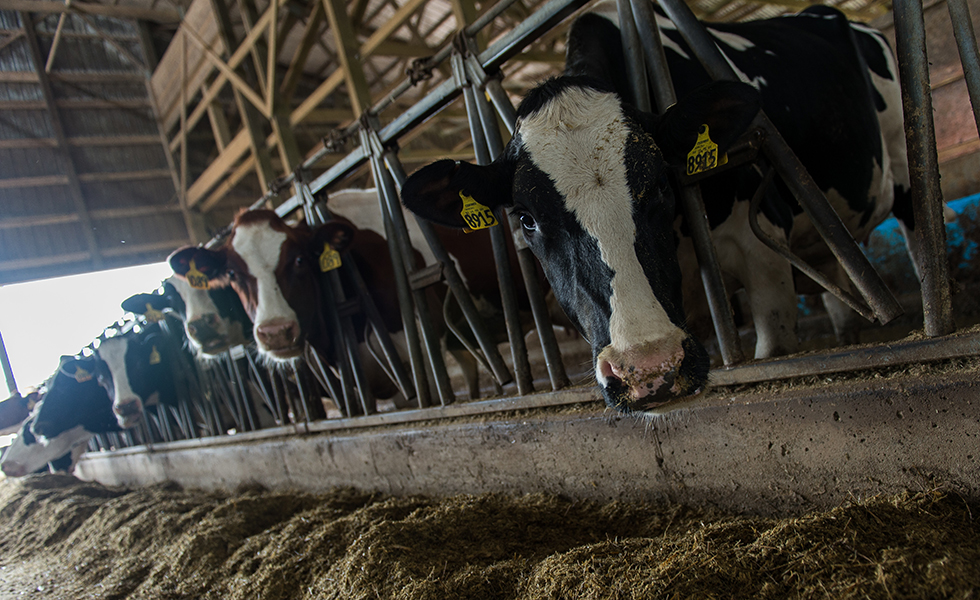
Top 1 Percent of Texas Commodity Farmers Get Quarter of $1.6 Billion in Subsidies
Subsidy program reforms were supposed to save taxpayers billions, but corn and sorghum farmers in Texas are getting more money than they have in a decade.


Last year in Nueces County, sorghum farmers raked in $10.9 million in taxpayer-funded subsidies. Corn farmers in Castro County took $12.6 million. In Deaf Smith County, the kingpins of cotton were paid $32.5 million, according to new farm subsidy data released last week. But as the state’s biggest farms drew lucrative paydays, the pocketbooks of small family farmers got thinner. Now, critics of federal farm subsidy programs are calling for reform of a system they say overwhelmingly favors big agribusiness.
The U.S. Department of Agriculture (USDA) administers a long list of subsidy programs for farmers, and though the payment schemes are complex, they generally involve giving farmers taxpayer money to compensate for low market prices and weather-related crop damage. In 2016, Texas farmers received $1.59 billion in subsidies, more than any other state, and most of that went to growers of a handful of commodity crops — cotton, wheat, corn and sorghum. Eighty-one percent of Texas farmers collected no subsides at all.
Farmers of virtually every other crop — from spinach growers in the Rio Grande Valley to peach specialists at the Texas-Oklahoma line — are excluded from the USDA’s most generous safety net. And even within the coterie of farmers who receive subsidies, there’s a huge disconnect between the haves and the have-nots: The top 1 percent of subsidy recipients get 26 percent of all payments, about $1.7 million per recipient.
Because USDA commodity payments are based on a farm’s production, the producers who grow the most also stand to receive the most in taxpayer subsidies. Craig Cox, senior vice president for agriculture and natural resources at Environmental Working Group, an advocacy organization that shares crop subsidy data, questioned whether the biggest farms should receive subsidies at all.
“If your income is $1 million, or even half a million, do you really need support from the government?” Cox said. “It would make sense to reach out and help struggling family farmers, but that’s not what the subsidy structure is designed to be or evolved into over time. We can’t seem to make the kind of fundamental reform we need.”

Industry groups representing Texas commodity farmers argue that without subsidy payments, producers would be hard-pressed to secure funding for seed, chemicals, equipment and other inputs. David Gibson, executive director of the Corn Producers Association of Texas, said that if subsidies were reduced, corn farmers might decide to plant fewer acres, driving up costs for consumers.
“When corn is selling for anything less than $4 a bushel, our producers are not recovering all their cost for investment,” Gibson said. (Corn futures have been closing around $3.50 a bushel this week.) “If we do away with the programs we have in place and farmers can’t produce en masse, those food costs will go up. Are you willing to spend twice as much at the grocery store?”
Decisions about subsidies — how much should be paid out and to whom — are part of deliberations for the farm bill, a sweeping piece of legislation passed by Congress every five years. The most recent farm bill was passed in 2014. Following criticism of wasteful spending from both right- and left-leaning advocacy groups, lawmakers nixed a portion of the previous payment system and enacted two new subsidy programs that would give farmers money “only when there is need,” according to a U.S. Senate Agriculture Committee press release at the time.
“If your income is $1 million, or even half a million, do you really need support from the government?”
But last year the two programs — Agricultural Risk Coverage (ARC) and Price Loss Coverage (PLC) — allowed subsidy payments for Texas sorghum and corn growers to surge to their highest levels in a decade. Data shows that in 2016, the USDA doled out $174 million in subsidies to state corn farmers and $140 million to farmers who grew sorghum, a livestock feed additive. That’s an increase of about $55 million and $30 million, respectively, over a decade.
The ARC program pays farmers when crop revenue in a certain county falls below a guaranteed county rate; PLC payments are triggered when crop prices fall below a reference price set by Congress. But with oversupply pushing crop prices in the dumps, both programs paid out big in 2016, more than doubling the total amount spent on commodity program subsidies in the previous farm bill.
“We’ve had some really huge payments from these two programs,” said Anne Schechinger, senior analyst of economics at the Environmental Working Group. “When you look at the programs nationally, the payments were larger than the program they replaced.”
The 2014 farm bill was slated to save taxpayers $23.3 billion over 10 years. But two years after the omnibus bill’s passage, with the ARC and PLC programs sending decade-high payments to farmers, some are questioning whether the anticipated savings were overstated. “Congress was trying to generate some savings and that has not shown up so far,” Schechinger said.
In June, a Congressional Budget Office analysis found that farm subsidies were on track to be $7.5 billion more expensive than originally projected.
Nueces County’s $10.9 million in sorghum subsides last year was the highest payout for the crop in the state. Most of it was made through the PLC program. Smith & Sons, a farm 30 miles southwest of Corpus Christi, was the biggest recipient in the county, raking in $492,000 in payments. Smith & Sons, along with other top Nueces County subsidy recipients, did not return calls for comment on this story. Walter Priestly of Priestly Farms, which received $217,000 in subsidies last year, declined to comment, saying only, “There are people on both sides of this issue, and if I offend someone on either side of the fence, that’s not something I’d care to do.”
Last year farmers in Castro County received $12.6 million in corn subsidies (the most in the state), which were almost fully funded through ARC. The county’s top recipient was Vanderham Dairy 2, which pulled in $390,559 in subsidies. Vanderham and other top Castro County recipients did not return calls for comment.


